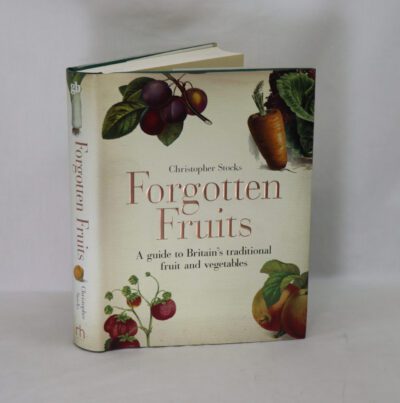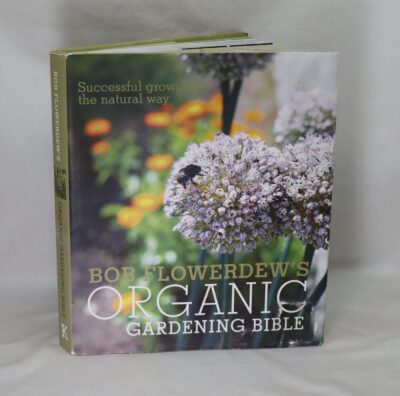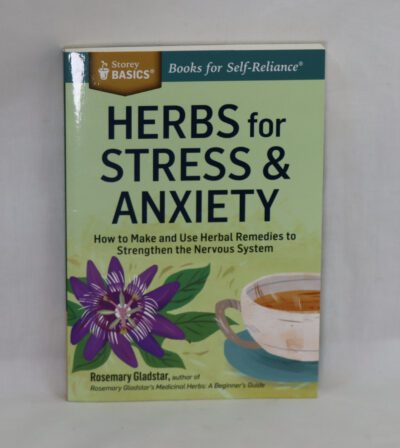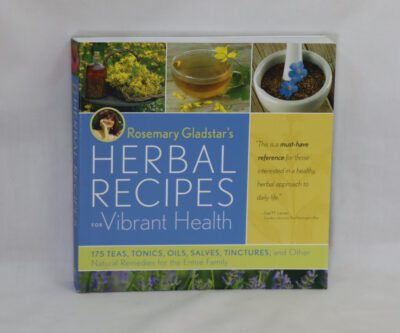A Garden of Roses.
By Alfred Parsons
ISBN: 9780881622485
Printed: 1987
Publisher: Pavilion Books. London
| Dimensions | 22 × 29 × 2 cm |
|---|---|
| Language |
Language: English
Size (cminches): 22 x 29 x 2
Condition: Very good (See explanation of ratings)
Your items
Item information
Description
Green board binding with gilt title on the spine and rose picture on the front board.
-
We provide an in-depth photographic presentation of this item to stimulate your feeling and touch. More traditional book descriptions are immediately available
-
Note: This book carries a £5.00 discount to those that subscribe to the F.B.A. mailing list.
Watercolours illustrate more than sixty varieties of roses, and are accompanied by descriptions of each plants characteristics
Review: This book is a tribute to a book which nearly never was, “The Genus Rosa”, published in parts – and smithereens – over a period in the early twentieth century. It is a tangled tale, but to boil it down the revered Ellen Willmott commissioned artist Alfred Parsons to paint the various roses in her legendary garden, the aim being to publish them as prints with an accompanying text by Willmott. It is a tale out which Willmott does not come well, and her poor publisher was horribly misused; the book, when one could actually get hold of a copy, was wildly expensive and Parsons’ delicate paintings did not reproduce well.
Nearly a hundred years later (or over a hundred years later, depending whether you count from the beginning or the end of the saga), the equally legendary Graham Stuart Thomas dug out the paintings, selected the best and most relevant 70 of them, and had them republished with the benefits of modern reproduction. An introduction by Thomas, and a monograph by Bryan Brooke, set the new book in the context of the development of the rose garden, and tell the vexed story of the original book. Thereafter the plates follow, each facing a page of text – concise, technical and well-written – about the rose by Thomas. The A4 format and clear, large font make this a relaxing read, and the roses featured are an interesting bunch – all, obviously, late Victorian in date, but including a large number of less common species roses.
The plates have undoubtedly reproduced better this time, and are delicate and subtle, but Parsons has clearly done them for Edwardian printing methods and they suffer from a fine black outline which wouldn’t be necessary today. Despite this it is an attractive book and well worth buying (like all rose books by Thomas) if you have a particular interest in old-fashioned and species roses.
Want to know more about this item?

Related products
Share this Page with a friend















